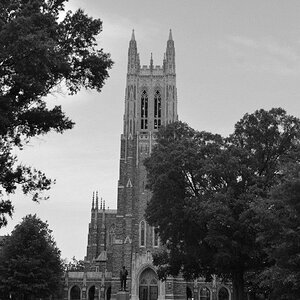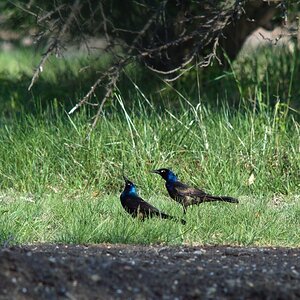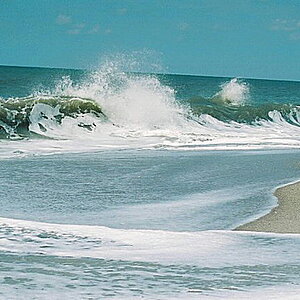Re3iRtH
TPF Noob!
- Joined
- Nov 28, 2015
- Messages
- 27
- Reaction score
- 1
- Can others edit my Photos
- Photos OK to edit
Hello all! Hope everyone is enjoying their long weekend.
I have just purchase my first ever DSLR and am trying to start with sunrises. There are beautiful sunrises and sunsets pretty much daily here My equipment is a Nikon D3300 with 18-55 mm and 55-200 mm lenses. I have been trying to shoot on Aperture priority with the smaller lens. Could I get away without a tripod for the time being, at least waiting at least the sun is above the horizon, that way I can use a lower shutter? Thanks for your feedback!
My equipment is a Nikon D3300 with 18-55 mm and 55-200 mm lenses. I have been trying to shoot on Aperture priority with the smaller lens. Could I get away without a tripod for the time being, at least waiting at least the sun is above the horizon, that way I can use a lower shutter? Thanks for your feedback!
I have just purchase my first ever DSLR and am trying to start with sunrises. There are beautiful sunrises and sunsets pretty much daily here





![[No title]](/data/xfmg/thumbnail/34/34082-cb4fe628070c391a1a71b4fdcc58f400.jpg?1619736268)






![[No title]](/data/xfmg/thumbnail/39/39289-c5ea6a611707fdd5786347f4a67d63ae.jpg?1619738957)
